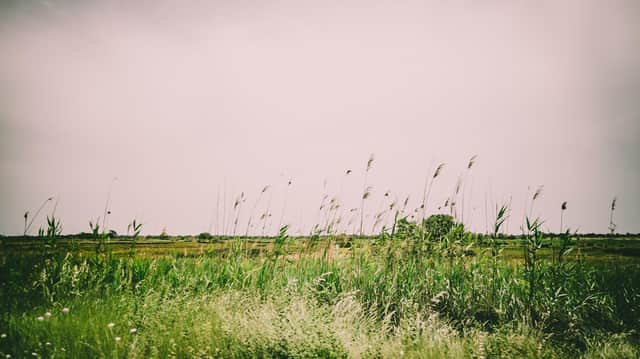Jon Trickett MP: Green-belt incursions should be a last resort, not the easy resort


Jon Trickett MP writes: Obviously the country has a housing problem as our population increases and household size falls, but it seems to me that a large amount of brownfield land in the country remains undeveloped.
Green-belt incursions should be a last resort, not the easy resort.
Advertisement
Hide AdAdvertisement
Hide AdI am asking for a presumption against green-belt land and in favour of brownfield land. The green belt is very important.
First, I represent many old miners. If a person lives in poverty and perhaps has a bad chest, as many of those old men do, they should not be deprived of access to the countryside, but the more we build up, the fewer amenities will be available.
That is what is happening throughout all the villages I represent, every one of which was a mining village.
The loss of amenities matters a lot: they should be not for just the middle classes, but for everybody, and yet we are seeing incursions that I think are a disgrace.
Advertisement
Hide AdAdvertisement
Hide AdThere is no obligation on planners, developers, councils or anybody else to do an analysis of the ecological impact of a development before it has been approved. In my view, that is completely wrong.
We have one development that could be 4,000 or 5,000 houses, if they get away with it.
I commissioned, because nobody else did, an ecological survey by the reputable West Yorkshire Ecological Service.
That survey discovered on the site to be developed 26 or 28 separate species of birds, mammals or other forms of life that are protected by the Wildlife and Countryside Act 1981, or birds that are on the Red List.
Advertisement
Hide AdAdvertisement
Hide AdNobody had done that work, yet all of these species are protected, as far as I can see.
There ought to be no development that destroys their habitats, yet that is what is being threatened.
It is a curious situation, because there is legal protection, but no attempt was made to identify which species were threatened by the development.
It seems to me that the Minister could helpfully go away to the Department and discuss that point.
Advertisement
Hide AdAdvertisement
Hide AdEvery time we build on green belt, rare species of flora and fauna are threatened.
The land in our case has never been developed; it is ancient woodland that has never been touched, ever, but is is now under threat from the development at Huntwick Grange in Featherstone.
Will the Minister reflect on the ecological impact?
Only a couple of weeks ago, when the United Nations discussed biodiversity, the Secretary-General, in a very striking phase, said that humanity is in danger of becoming “a weapon of mass extinction.”
What are we doing? We are building on sites where there are species that are under threat, and that may well become extinct in due course.
Some species now have a very fragile hold on existence.
Can we really say that our planning policies should just ignore threats to our biodiversity? I think not.
Comment Guidelines
National World encourages reader discussion on our stories. User feedback, insights and back-and-forth exchanges add a rich layer of context to reporting. Please review our Community Guidelines before commenting.